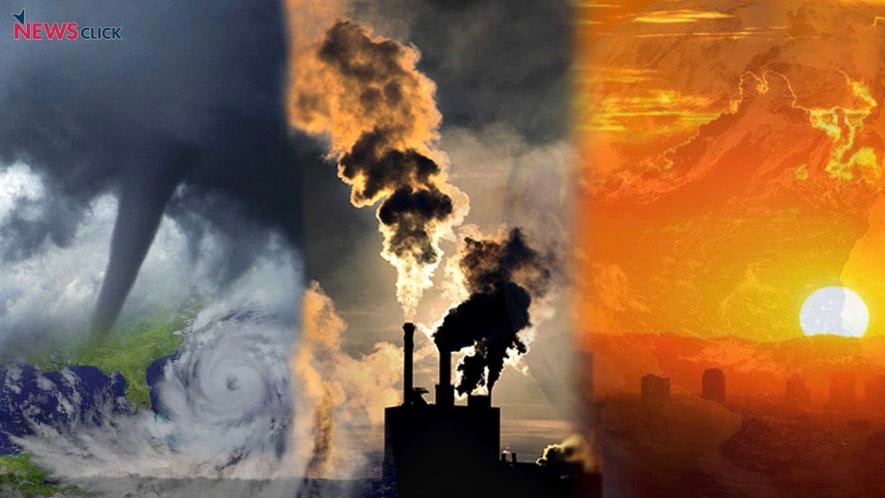El Nino is a weather condition where the Pacific Ocean near the Equator and off the South American coast gets abnormally warm. The sun warms the seawater near the Equator, resulting in a concomitant increase in clouds and more rain.
Normally, trade winds (air currents that are closer to the earth’s surface and blow from east to west near the Equator) blow the warm water westwards. But when El Nino occurs, the trade winds become weaker. El Nino has been occurring from time immemorial and there has been great concern about its changing patterns, especially with climate change.
Climate scientists have raised the concern that El Nino can happen more frequently in a changing and warmer global climate. A recent study published in Science Advances researched El Nino patterns in the past thousands of years and found that the phenomenon puts a limit on future climate projections.
The pattern of El Nino will vary to such a degree that scientists will find it difficult to predict whether it is getting stronger with global warming, according to the study. The researchers analyzed 9,000 years of the history of Earth and climate data from ancient corals using supercomputers.
The study, led by scientists at the University of Texas, Austin, was motivated by the concern that El Nino may have a worrying pattern in the future due to climate change. In recent times, stronger El Ninos, like those in 1997 and 2015, brought wildfires to the rainforest of Borneo, Asia and also caused widespread bleaching of coral reefs. These kinds of El Ninos having a strong impact worldwide might occur about once in a decade.
Climate models, which mostly are computer models, however, remain unclear about El Nino events getting stronger or weaker when the world gets increasingly warmer due to climate change.
“Much of the world’s temperature and rainfall are influenced by what happens in the tropical Pacific Ocean, where El Nino starts. The difference in rainfall between greater or fewer strong El Nino events is going to be a critical question for infrastructure and resource planners,” said Allison Lawman, the lead author of the study. Lawman began the research as a PhD researcher at the university’s Jackson School of Geosciences and is now a postdoctoral researcher at the University of Colorado Boulder.
Lawman and her co-researchers used the Lonestar5 supercomputer available at the Advanced Computing Centre of the University of Texas at Austin. The researchers ran a series of climate simulations for a period in the history of earth where human influences hadn’t started causing climate change. This period of earth’s history has climate change attributable to a tilt in the planet’s orbit. The simulations were verified with the help of a coral emulator which Lawman had developed.
The researchers found that however stronger El Ninos have intensified over time, the change was small in comparison to their highly variable nature.
“Scientists need to keep pushing the limits of models and look at geological intervals deeper in time that could offer clues on how sensitive El Nino is to changes in climate. Because if there’s another big El Nino, it’s going to be very hard to attribute it to a warming climate or to El Nino’s own internal variations,” said Pedro DiNezio, associate professor, the University of Colorado Boulder, and a co-author of the study.





